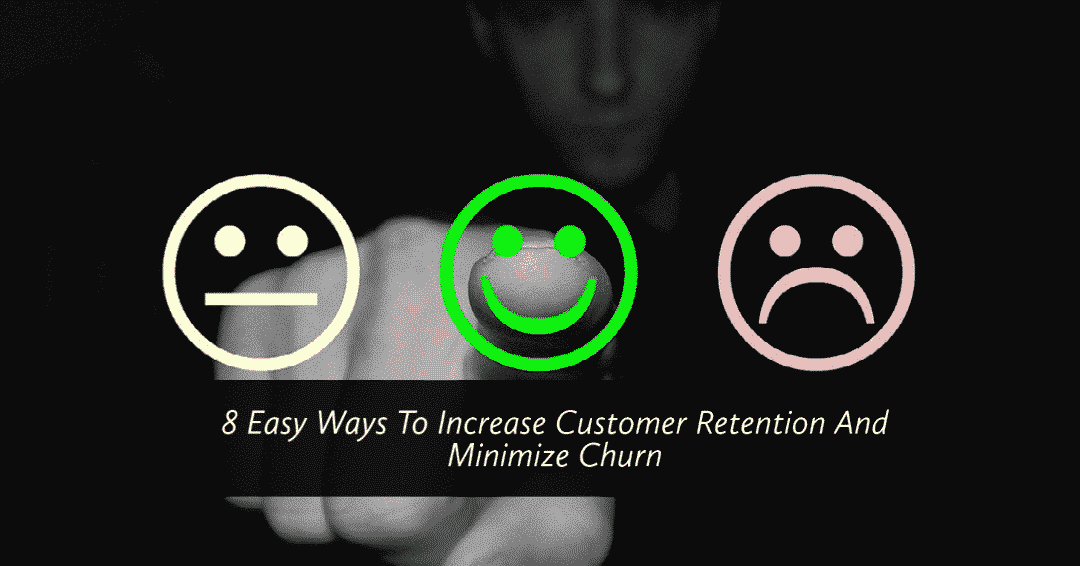The digital marketing industry has its own jargon, which can be confusing to navigate if you’re new to these 35+ PPC terminologies and acronyms. What follows is a list of common pay per click (PPC) terms and their definitions, especially in regards to running advertising campaigns on Google AdWords.
1. Search Engine Marketing (SEM) consists of promoting a website by enhancing a page’s visibility in the results of a search engine along with paying for advertisements.
2. A bid is the highest amount you will pay for each click. Google AdWords allows you to set a maximum bid for your keywords. However, what you pay per click will be determined in real-time based on your competitor bids. You can also set automatic bids in Google AdWords to optimize your keywords for a better ad position to maximize clicks or conversions.
3. Ad Extensions a Google Ads feature that shows additional information in your ads such as business location, phone number, business ratings, and links to your webpage.
Manual Extensions:
- App Extension
- Call Extension
- Location Extension
- Review Extension
- Sitelinks Extension
- Callout Extension
- Structured Snippets
- Price Extensions
Automated Extensions (automatically added by Google)
- Consumer Ratings
- Previous Visits
- Seller Ratings
- Dynamic Sitelink extensions
- Dynamic Structured Snippets
4. Ad Group tends to include approximately 5–10 keywords per ad. You’re able to create ads and add keywords relevant to the ad group for each of your products or services. One or more ad groups make up an ad campaign.
5. Ad Rank determines an ad’s position. It can be calculated by looking at bid and quality score. The lower the rank, the higher the position on Google.
6. Analytics is meaningful data gathered from marketing campaigns and studies that can be analyzed to better understand consumers, which allows a company to make more informed business choices. Understanding analytics alongside your Google AdWords performance helps to improve your website design.
7. Bounce Rate refers to the percentage of individuals who visited your website but navigated away from the website after viewing only one page. You can bring down the bounce rate on a landing page by matching ad copy messages to the landing page content. People drop from a page if they do not see the relevance between the source and the page they are on. A high bounce rate could also affect your campaign performance and increase your cost per conversion.
8. Budget is an estimate of the costs required to promote and advertise your business’s products or services. A daily budget specifies the amount you would like to pay every day for your ad campaign. It is also important to know that in Google AdWords, a daily budget of $10 allows your ad to run up to $10.40. Try to allocate a good portion of your budget to your campaigns, so that your ad gets a high number of clicks per day.
9. Call to Action (CTA) prompts a response to encourage potential customers to act. An action might be to fill out a form or to purchase a product.
10. Campaign includes ads, bids, and keywords, which makes up an ad group. In Google AdWords, you can run one or more ad campaigns based on locations or languages.
11. Click-through Rate (CTR) measures the percentage of clicks on your ad out of the total number of ad impressions. A higher CTR means the ad is relevant to the keywords being searched.
CTR Formula = Total Measured Clicks ➗Total Measured Impressions x 100
For Example, if you had 5 clicks and 100 impressions, your CTR would be 5%.
12. CPC stands for cost per click. Companies are charged a set amount by a publisher such as Facebook and Google when people click on an ad, which drives targeted traffic to your website.
13. Display Network in Google shows the various websites or videos in which your ads might appear. Bing calls these sites the Content Network.
14. Engagement rate is the rate at which users engage with your ads after viewing them. The engagement rate is calculated by dividing the number of engagements by the number of ad views.
If your campaign received 100 engagements and had 10,000 views then the engagement would be calculated as follows:
10 / 10,000 = 0.001 = 0.1% Engagement Rate.
15. Google Ads is a platform where advertisers can pay in order to run various types of ads such as images, text, or video.
16. Google Analytics offers information that pertains to visitors on your site and an analysis of their actions, which helps in optimizing your website. Google Analytics can also be linked to Google AdWords for more insights.
17. Impressions are the number of individuals who see your ad. Google AdWords provides data to show how many times your ad showed up versus how many times it could show up if you had a bigger budget and a better rank. Impressions can be increased by adding relevant keywords to your ad groups.
18. Interaction Rate is similar to CTR in that it is used to know how people are interacting with your ads. The interaction rate is the percentage of people that click on your ad when they view it.
19. Keyword is a single word and keyword phrases are two or more words used in a search query that individual types into a search engine to find relevant search results.
20. Keyword Planner can be found in Google AdWords and this tool aids advertisers in coming up with keywords and phrases. It is widely used by marketers to find blog topics, PPC keywords, and SEO keywords for website content.
21. Landing Page sometimes referred to as a lead capture page or destination page is designed to generate leads, which is to convert visitors to customers. It usually contains a sales copy for an advertisement, discount, or offer.
22. Lead also known as conversion occurs when an interested individual responds to the call to action and performs the desired action.
23. Negative Keywords are used to exclude certain keywords or phrases, so your ad better targets the right people. If you are a doctor running Google Ads to get more patients, keywords like learning, degree, pay scale, salary, etc. would negative for your campaign. Think of all such keywords and add them to your campaigns or ad groups.
24. Pay Per Click (PPC), similar to cost per click, is a model of paid advertising. A business pays each time an ad is clicked on. It involves running advertisements on search engines, where businesses try to bid for a high ranking position on the results, so their ad is more prominently displayed.
25. Quality Score (QS) considers the extent to which your ad is relevant to what is being searched for. Google considers bids, keywords in ads, and landing page relevancy to calculate keyword quality score. A higher-quality score for a keyword over the other means you would pay less per click for that keyword. To improve the quality score, make sure to include your campaign keywords in your ad headline, description, URL, and landing page. Ad group MAX CPC bid also improves overall QS for your keywords.
26. Remarketing shows your ads to people who have visited your site in the past while they visit other websites. This increases the chances people click on your ad and purchase something. Interestingly enough, the cost per click for remarketing ads is much lower than the cost per click for search campaigns.
27. Return on Investment (ROI) is typically expressed as a percentage and determined by dividing net profit by the costs of an investment. In marketing, possible costs may come from PPC campaigns, content production, etc.
28. Search absolute top impression rate is the percentage of your impressions that are shown as the very first ad above the organic search results.
Search absolute top impression rate = Impressions on the absolute top/Impressions
29. Search absolute top impression share is the impressions you received in the absolute top location on the search result page divided by the estimated number of impressions you were eligible to receive in the top location.
Search absolute top impression share = Impressions on absolute top/eligible impressions on top
30. Search lost absolute top impression share (budget) estimates how often your ad wasn’t the very first ad above the organic search results due to low budget.
31. Search lost absolute top impression share (rank) estimates how often your ad wasn’t the very first ad above the organic search results due to poor Ad Rank.
32. Search lost top impression share (budget) estimates how often your ad didn’t show anywhere above the organic search results due to a low budget.
33. Search lost top impression share (rank) estimates how often your ad didn’t show anywhere above the organic search results due to poor Ad Rank.
34. Search top impression rate is the Percentage of Impressions at the top of the SERP compared to the position of all impressions, similar to Top of Page rate within Auction Insights. The Top of Page rate within Auction Insights now has an “Ads” counterpart showing how often competitors are in position 1.
Search top impression rate = Impressions on top/Impressions
35. Search top impression share is the impressions you received in the top location on the search result page divided by the estimated number of impressions you were eligible to receive in the top location.
Search top impression share = Impressions on top/eligible impressions on top
36. Viewable Impressions is the option to pay for impressions that are viewable to users according to Google’s Active View reporting. This bidding charges you when your ads “serve” impressions, either your ads show on screen or not.
37. View-through conversions are used to measure the performance of your display ads. When a user views your display ad, doesn’t click on the ad, but within 30 days visits your website organically and completes a conversion, then a view-through conversion will be recorded in Google Ads.
PPC management is an everyday process and knowing these terms makes communication simpler for an advertiser and publisher.
We hope you enjoyed reading these terms.






